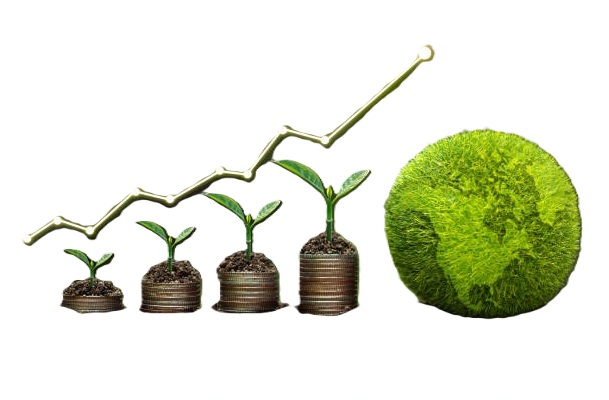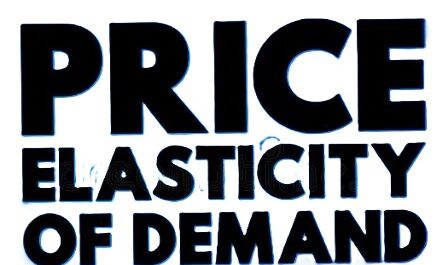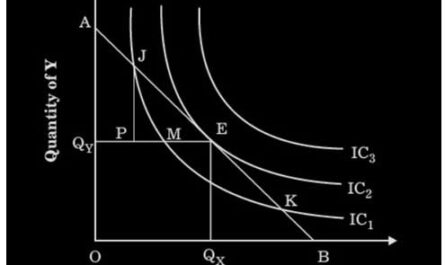📘 Understanding the Principles of Economics: The Foundations of Economic Thinking
Economics is the study of how individuals, businesses, governments, and societies allocate limited resources to fulfill their needs and wants. It’s more than just money — economics helps us understand decision-making, behavior, trade-offs, and outcomes in everyday life. To understand the subject better, economists have defined a set of core principles that form the backbone of economic theory.
In this blog, we’ll explore the 10 key principles of economics, as outlined by economist Gregory Mankiw, and how they apply to the real world.
🔑 1. People Face Trade-offs
“There’s no such thing as a free lunch.”
Every choice involves a trade-off. If you spend time studying for an exam, that’s time you’re not spending watching a movie. Governments also face trade-offs — spending more on defense means less for education or healthcare.
Real-life example:
A student may have to choose between preparing for an exam or going to a part-time job — both have benefits, but doing one means giving up the other.
🔑 2. The Cost of Something Is What You Give Up to Get It
This is known as opportunity cost — the value of the next best alternative foregone.
Real-life example:
If you buy a ₹1000 concert ticket, the true cost isn’t just the money spent, but also what else you could’ve done with that money or time, like investing or attending a workshop.
🔑 3. Rational People Think at the Margin
Economists assume people are rational — they make decisions by comparing marginal benefits and marginal costs.
Real-life example:
A factory owner may consider hiring one more worker only if the revenue generated by that worker exceeds the additional wage cost.
🔑 4. People Respond to Incentives
Incentives shape behavior. A change in cost or benefit often leads to a change in decisions.
Real-life example:
A rise in petrol prices may encourage people to use public transport or switch to electric vehicles.
🔑 5. Trade Can Make Everyone Better Off
Trade allows people to specialize in what they do best, leading to greater efficiency and mutual benefit.
Real-life example:
India exports IT services and imports crude oil — both countries benefit by focusing on their strengths.
🔑 6. Markets Are Usually a Good Way to Organize Economic Activity
In a market economy, resources are allocated through the decentralized decisions of many buyers and sellers.
Real-life example:
Supermarkets don’t need the government to decide how much rice or sugar to stock — supply and demand automatically balance them over time.
🔑 7. Governments Can Sometimes Improve Market Outcomes
Markets aren’t perfect. Governments can intervene when there is market failure — due to externalities, monopolies, or public goods.
Real-life example:
Pollution is an externality. Governments can impose regulations or taxes to reduce environmental damage.
🔑 8. A Country’s Standard of Living Depends on Its Ability to Produce Goods and Services
Productivity — the amount of goods and services produced per unit of labor — determines living standards.
Real-life example:
Countries like Japan or Germany have high productivity, leading to higher wages and better living standards.
🔑 9. Prices Rise When the Government Prints Too Much Money
Excessive money supply leads to inflation — a rise in the general price level of goods and services.
Real-life example:
Zimbabwe and Venezuela experienced hyperinflation when they printed too much currency without economic backing.
🔑 10. Society Faces a Short-Run Trade-off Between Inflation and Unemployment
Increasing money supply can reduce unemployment in the short run but may cause inflation later. This trade-off is known as the Phillips Curve.
Real-life example:
During a recession, governments may inject money into the economy to boost spending and reduce unemployment — even at the risk of inflation.
📊 Why These Principles Matter
Understanding these principles helps individuals, businesses, and policymakers make informed decisions. From budgeting your salary to deciding national fiscal policy, economics provides a framework for analyzing choices, costs, and outcomes.
📚 Conclusion
The principles of economics offer a powerful lens to view the world. They remind us that resources are limited, choices have consequences, and incentives drive behavior. Whether you’re a student, entrepreneur, policymaker, or just a curious thinker, these principles are essential to understanding how the economy works.





